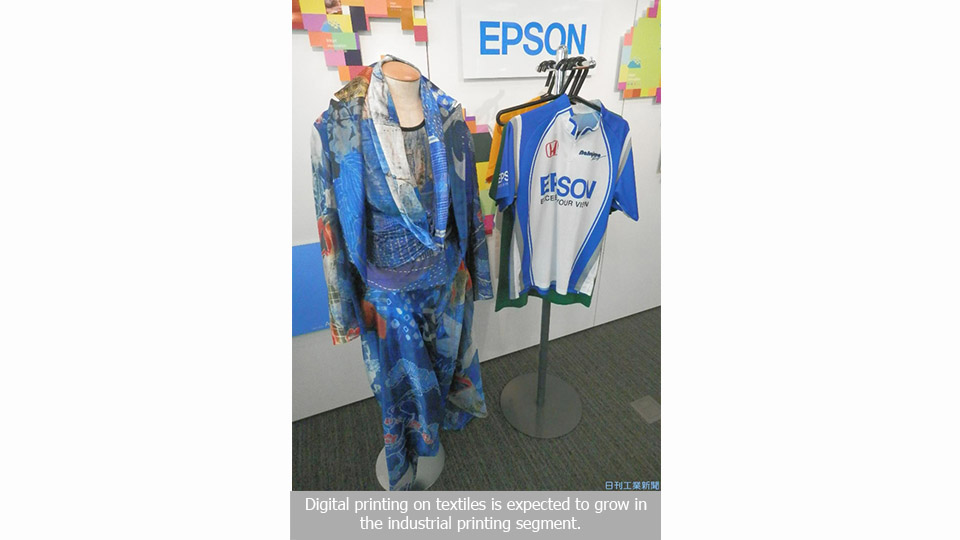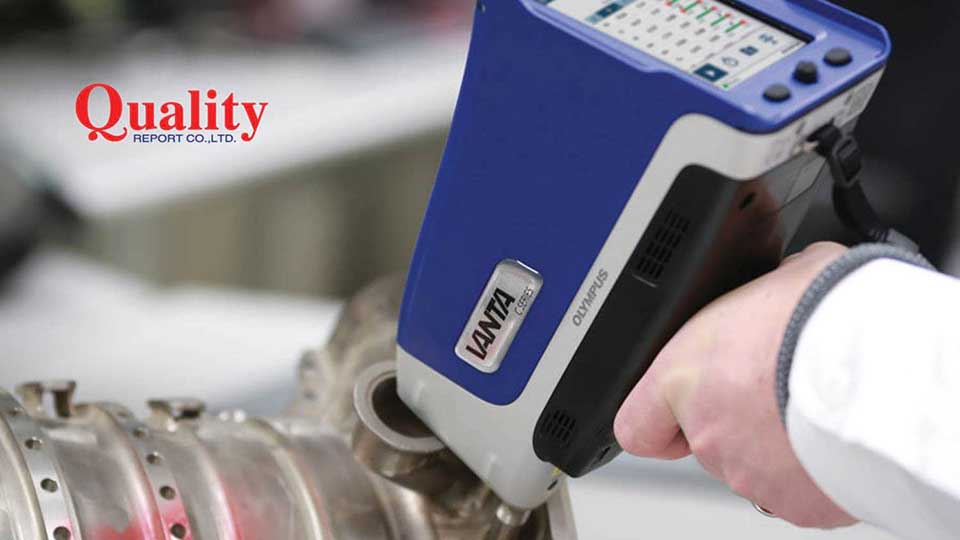
Office Equipment Manufacturers Launch New Business to Surf the Digital Wave
Office equipment manufacturers have recently launched the latest printing technology especially for commercial printing, such as books and magazines, as well as industrial printing. The latter refers to printing on materials other than paper, such as clothes and labels. Both commercial printing and industrial printing have their own paths leading from the analog era into the digital era and many manufacturers have realized that this transition will bring about business opportunities.
First, Canon has announced that commercial printing is one of the four pillars of the company’s business. The business is transitioning from offset printing to digital printing in order to be in line with the consistently expanding growth. Especially for printing large posters and graphic art, Canon will advance the development of large printers.
In addition to commercial printing, some printer manufacturers have extended their business to cover industrial printing. Ricoh has a plan to apply its print head technology used in office printers in industrial printing. This print head is well-known and well-accepted in terms of resolution. Ricoh is also confident that the company will be able to attract 3D printing market share.
Besides its print head technology, Ricoh focuses on textile industry, in which the company has develop small printers for printing on clothes and bags to be marketed mainly in Asia.
Epson has strengthened its business with its thin print head technology which is likely to sell well especially for printing on textiles, billboards, wall decorations and packages. At present, the company is expanding its sales network to penetrate the textile market in Asia, China and Europe. The company also works with other two affiliates of For.Tex, the Italian manufacturer and developer of advanced digital printing technology.
It appears that behind the transition to commercial printing and industrial printing, these manufacturers have developed new technologies based on office printers. In addition, the campaigns of less paper usage has become an important factor elevating the competitiveness in the market. Therefore, office equipment manufacturers have decided to start the business concerning other forms of printing.
However, digital printing is currently accounting for less than 5% of the world’s industrial printing and it tends to expand slowly. It is anticipated that printer manufacturers might have to work together as they are entering the digital era rather than competing with one another in order to widely promote digital printing.






